LGBTQIA+ is an abbreviation for lesbian, gay, bisexual, transgender, queer or questioning, intersex, asexual, and more. These terms are used to describe a person’s sexual orientation or gender identity. See below for a more detailed definition of each term, adapted from GLAAD’s LGBTQ Media Reference Guide.
A woman whose enduring physical, romantic, and/or emotional attraction is to other women.
The adjective describes people whose enduring physical, romantic, and/or emotional attractions are to people of the same sex. It can be used for individuals of all genders.
A person who can form enduring physical, romantic, and/or emotional attractions to those of the same gender or more than one gender. People may experience this attraction in differing ways and degrees over their lifetime. Bisexual people need not have had specific sexual experiences to be bisexual; they need not have had any sexual experience at all to identify as bisexual.
An umbrella term for people whose gender identity and/or gender expression differs from what is typically associated with the sex they were assigned at birth. People under the transgender umbrella may describe themselves using one or more of a wide variety of terms — including transgender or nonbinary. Some transgender people are prescribed hormones by their doctors to bring their bodies into alignment with their gender identity. Some undergo surgery as well. But not all transgender people can or will take those steps, and a transgender identity is not dependent upon physical appearance or medical procedures.
An adjective used by some people whose sexual orientation is not exclusively heterosexual or straight. This umbrella term includes people who have nonbinary, gender-fluid, or gender nonconforming identities. Once considered a pejorative term, queer has been reclaimed by some LGBTQIA+ people to describe themselves; however, it is not a universally accepted term even within the LGBTQIA+ community.
Sometimes, when the Q is seen at the end of LGBT, it can also mean questioning. This term describes someone who is questioning their sexual orientation or gender identity.
An adjective used to describe a person with one or more innate sex characteristics, including genitals, internal reproductive organs, and chromosomes, that fall outside of traditional conceptions of male or female bodies. Do not confuse having an intersex trait with being transgender. Intersex people are assigned a sex at birth — either male or female — and that decision by medical providers and parents may not match the gender identity of the child. Not all intersex folks identify as being part of the LGBTQIA+ community.
The adjective describes a person who does not experience sexual attraction. Sometimes shortened to “ace,” it is an umbrella term that can also include people who are demisexual, meaning they do experience some sexual attraction; graysexual, meaning those who may not fit the strictest definition of the word asexual; and aromantic, meaning they experience little to no romantic attraction and/or have little to no desire to form romantic relationships.
The ‘plus’ is used to signify all of the gender identities and sexual orientations that letters and words cannot yet fully describe.
Often used during introductions or while referencing someone during a conversation, pronouns help you know how someone would like to be addressed in any given situation.
Gender identity is our internal, individual experience of gender. It is directly linked to our sense of self and the sense of being male, female, both or neither.
While pronouns are pivotal to an individual’s gender identity and how they relate to the world and others, it is important to keep in mind that a person’s pronouns are not exclusively linked to gender and may not match your perception of that individual. Your assumption can leave a person feeling invalidated and dismissed. Taking the time to get to know a person better will help everyone feel more connected and respected.
Examples:
The LGBTQIA+ flag, more commonly known as the Pride flag, has gone through many iterations over time. This overview and history of Pride flags is adapted from Flagmakers.
In 1978, Gilbert Baker, an activist from San Francisco, USA, designed this 8-stripe flag to represent the diversity of the LGBTQIA+ community.

In 1979, the flag was revised to have 6 stripes instead of 8 stripes.
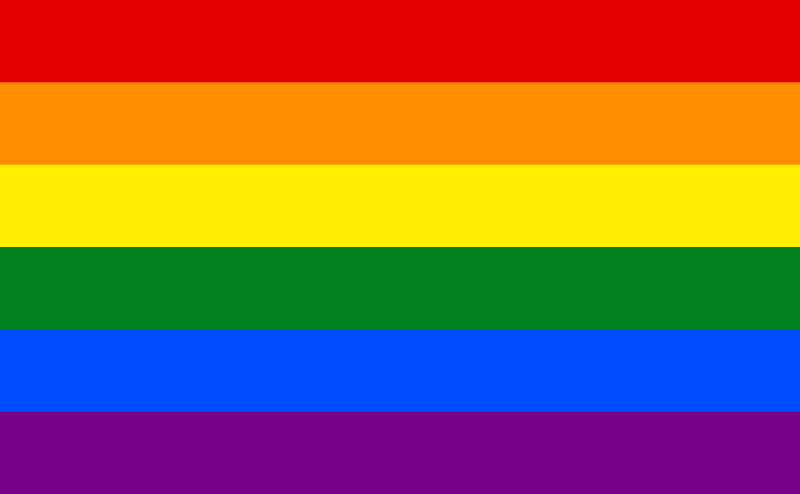
In 2017, Recognizing that people of color are often not fully included by LGBTQIA+ people, and often face further discrimination from within the community, the city of Philadelphia adopted an additional 2 stripes to the Pride flag. Black and brown were added at the top of the flag to represent the struggles and prejudices that queer people of color face regularly.

In 2018, designer and activist Daniel Quasar released an updated version of the Pride flag combining the new elements of the Philadelphia design and the transgender flag to bring focus on further inclusion and progress.
In 2021, Valentino Vecchietti adapted the Pride Progress flag design to incorporate the intersex flag.
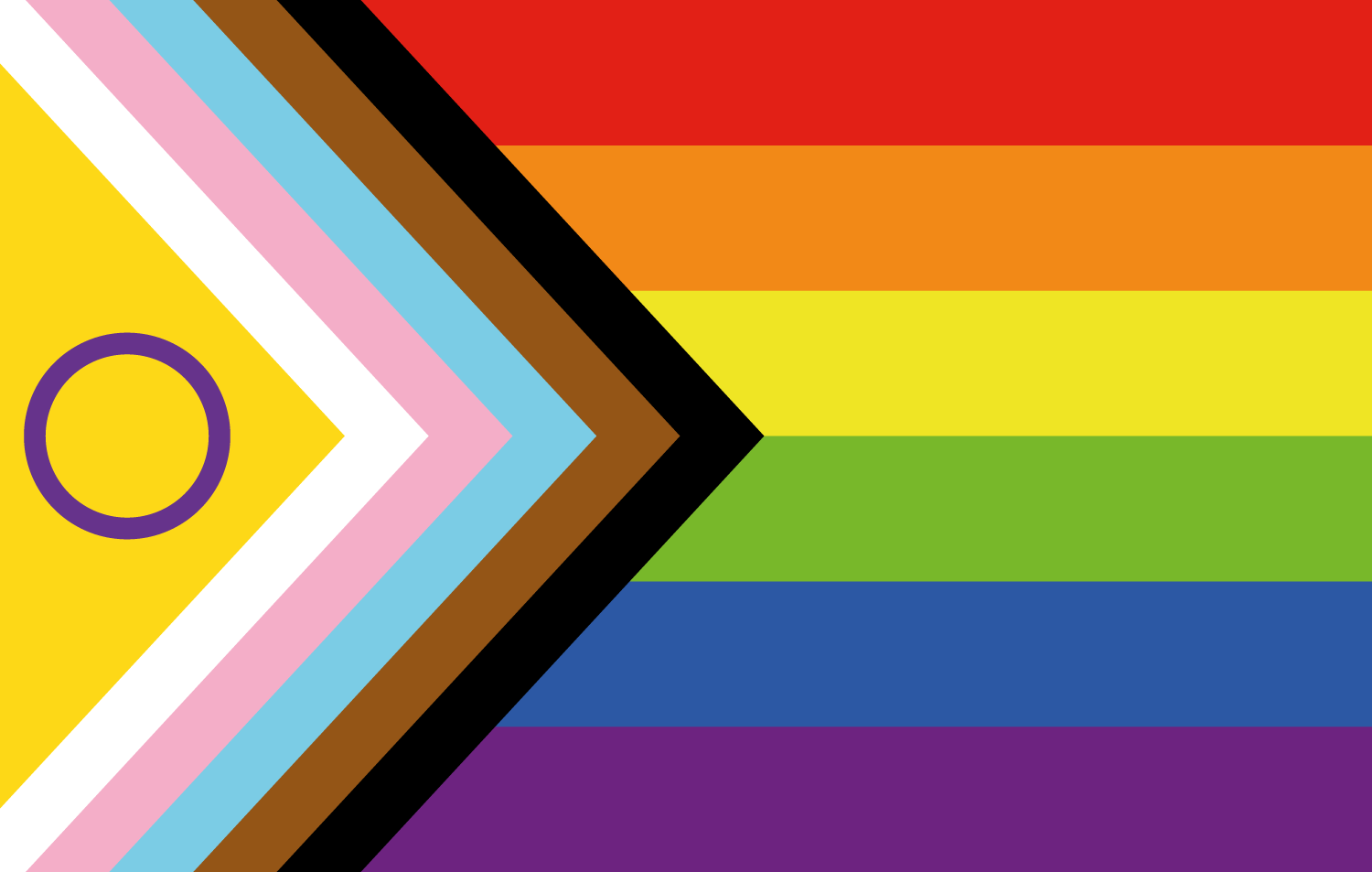
Members of different groups within the LGBTQIA+ community have also created their own flags to represent themselves. For instance, there are different flags for bisexual, lesbian, transgender, and asexual individuals:

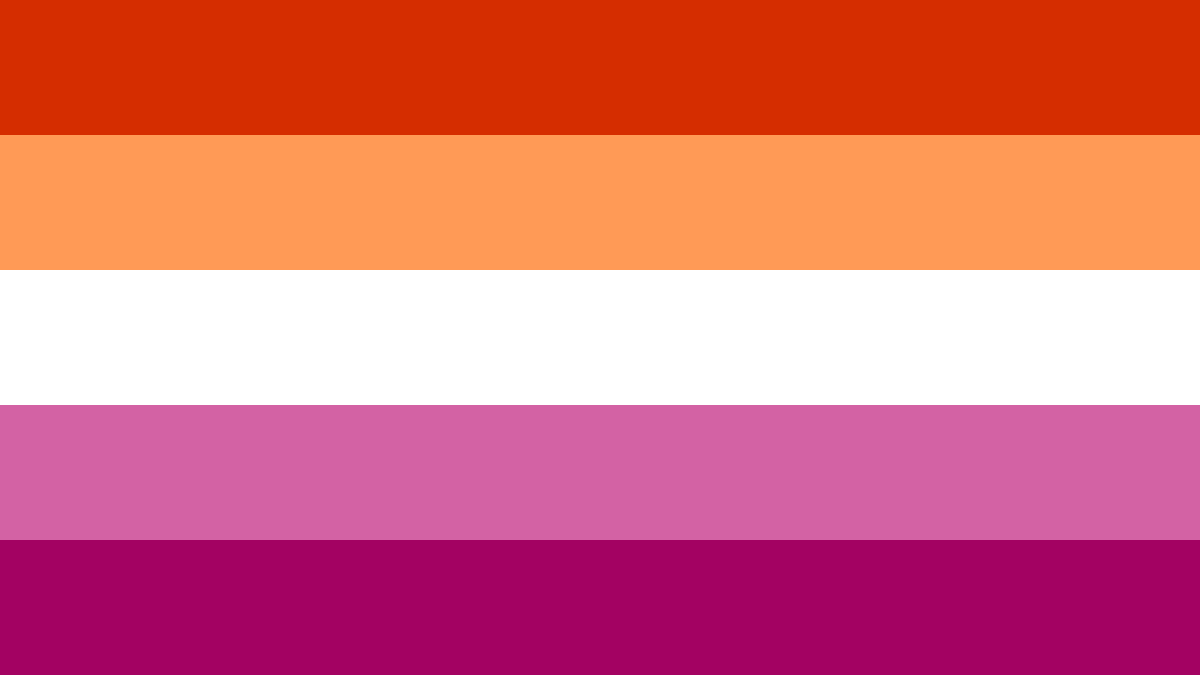
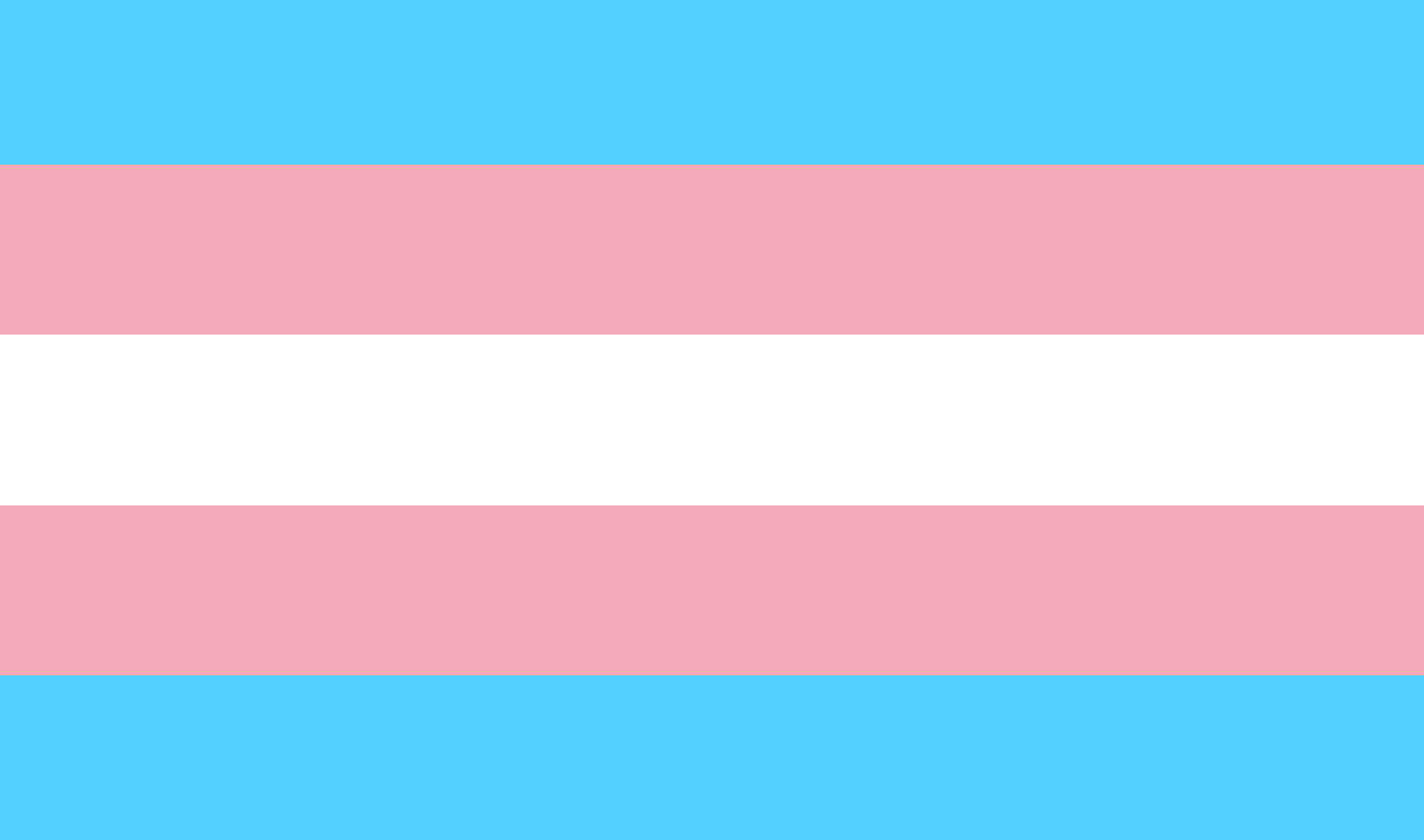
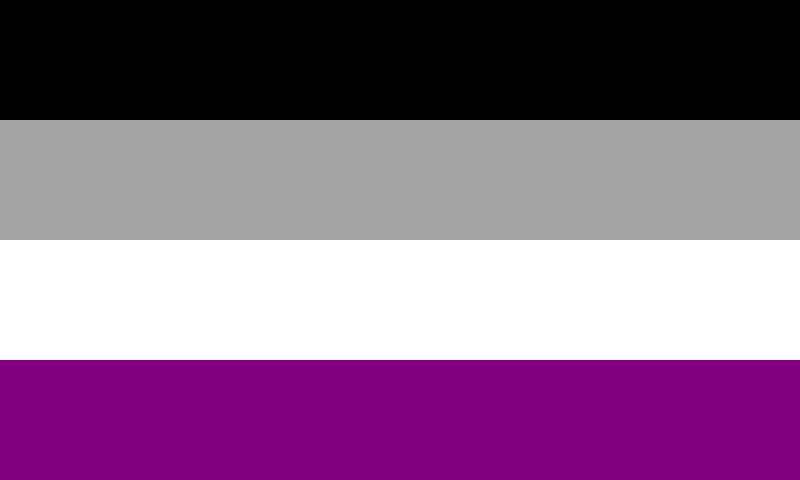
Flags are always being created, updated, and shared. This guide is not an exhaustive list.